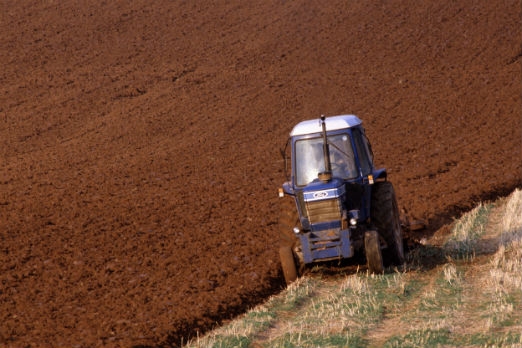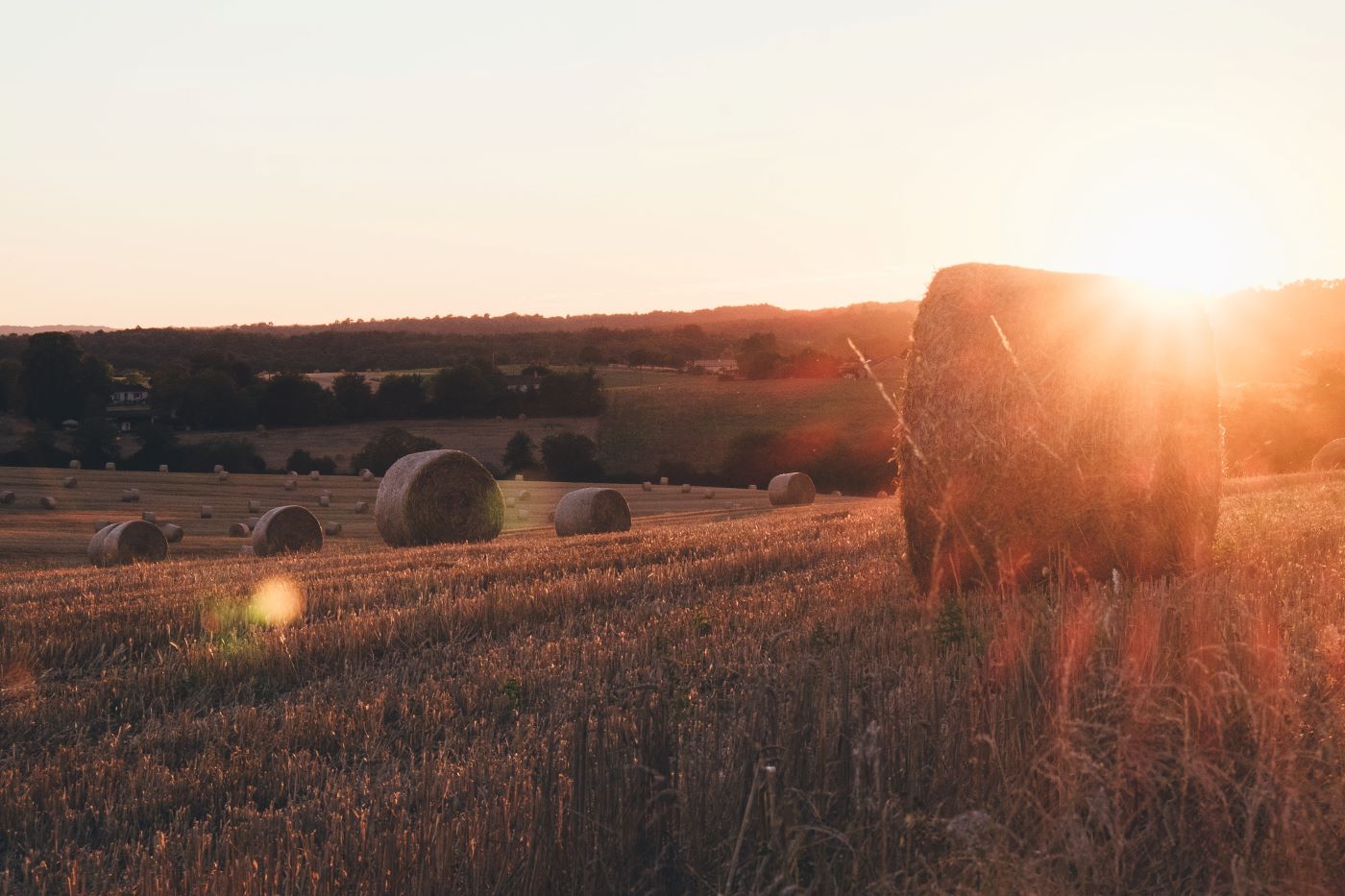This blog was updated on 29 November, 2016. It was originally published on 11 February, 2015.
The word soil has many connotations. Unfortunately, quite a few are bad.
 Photo: © CPRE
Photo: © CPRE
This blog was updated on 29 November, 2016. It was originally published on 11 February, 2015.
The word soil has many connotations. Unfortunately, quite a few are bad.
We talk of ‘soiled’ sheets, of night ‘soil’.  The American version isn’t much better. They call it ‘dirt’ which recalls grime and smut. It might be one reason why we consistently fail to appreciate how precious and extraordinary soil is. As a consequence, we give poor protection to this fundamental natural asset.
The American version isn’t much better. They call it ‘dirt’ which recalls grime and smut. It might be one reason why we consistently fail to appreciate how precious and extraordinary soil is. As a consequence, we give poor protection to this fundamental natural asset.
‘Dirt’ is also the title of a book I read a while ago, which opened my eyes to why soil is so amazing1. First, without it, life on Earth wouldn’t exist. In aeons past, primitive soils were formed by heat-tolerant bacteria. This cooled the earth enough to make it habitable for other organisms. And as soils formed, plants were able to evolve. Soils and plants then worked together to create more soil; and soils became richer as they recycled plant matter into nutrients usable by plants. A simple story, but one that is key to the evolution of life and our presence on Earth. Almost all land-based life needs soil and that life in turn produces soil, which ultimately feeds it. So despite our vast technical ingenuity, we rely on this apparently simple substance for nearly all our food.
Yet we fail to recognise how fragile it is: an incredibly thin skin on our otherwise rocky planet. It takes thousands of years to form to significant depths from weathering and plant and microbial activity, but it can be destroyed in decades or much less. If cared for, it can stay fertile and productive for millennia but if abused we can, literally, lose it. It can be renewed, but only over many generations.
All this is well known to science and you would imagine that soil and fertile land would be well protected by environmental policy, especially with growing fears about the future of our food supply. Your imagination would be wrong.
There are two things we need to protect if we are to secure production of food for the long term: first, our land capacity and second, the quality and qualities of our soils. Policy on the first is weak. There is one small paragraph (para. 112) in national planning policy to save our ‘Best and Most Versatile soils’ – the best for producing crops: where large amounts of land are needed, councils should ‘seek to’ to use areas with poorer soils for development. We have continued to lose around 9-10,000 acres a year of farmland to housing, roads, and industry. Forty per cent of this is our best land for growing crops. Yet for decades governments have weakened protection for land, as if food production mattered little.
And what of protecting the soil itself? There are some rewards and some penalties for good soil management but policy here is also too weak. There is a tendency to assume that we can leave it to farmers who ‘know best’. It is true that most farmers know that the soils they farm are their natural capital and source of their wealth. Without soils there is no grass or grazing, no crop or production and many farmers do manage their soils well. Around two-thirds use animal manures on their farms and there are large areas cropped with no ploughing or minimal soil disturbance.
But farmers need to make a living and a profit. Farming, more than ever, is under intense pressure to produce at low cost in a tough and volatile market. The short-term drive to make the sums add up can override protection of the soil. Added to that, the conventional chemical model of farming we have become used to in the past 40 or 50 years does nothing for the incredibly rich and complex population of organisms that keep soil alive and help it to recycle nutrients.
The solutions aren’t rocket science, nor even soil science. Planning policies and planning authorities need to stop treating greenfield land as an infinite resource and as ‘empty’ space ripe for development. We also need to understand the soil we have better: the soil maps we have are some 30 years old and the way land classified more than 50.
An overhaul is long overdue. Only then we will have the data to monitor the quality of what is being lost and understand its value: the food, the biodiversity the wildlife; the way soil soaks up and filters water, prevents flooding and locks up carbon to reduce the risks of climate change.
To protect soil quality and health, we have, above all, to get farmers and growers across the country on board. They need to be given the incentives to support wider use of techniques to keep their soil in good shape. And in the wake of the Brexit decision, we need a new farming policy post-2020 that principally pays farmers to protect the natural assets they manage and from which we all gain such benefit. There’s evidence, too that if we can build the resilience and natural fertility of soils, we might just produce more food that costs less.
We need to believe that much could change -- and our politicians need to understand that soil is so much more than a four-letter word.
1David R. Montgomery, Dirt- The erosion of civilisations, University of California Press, 2012
Read about our work on farming
To protect soil quality, we have, above all, to get farmers and growers across the country on board.
